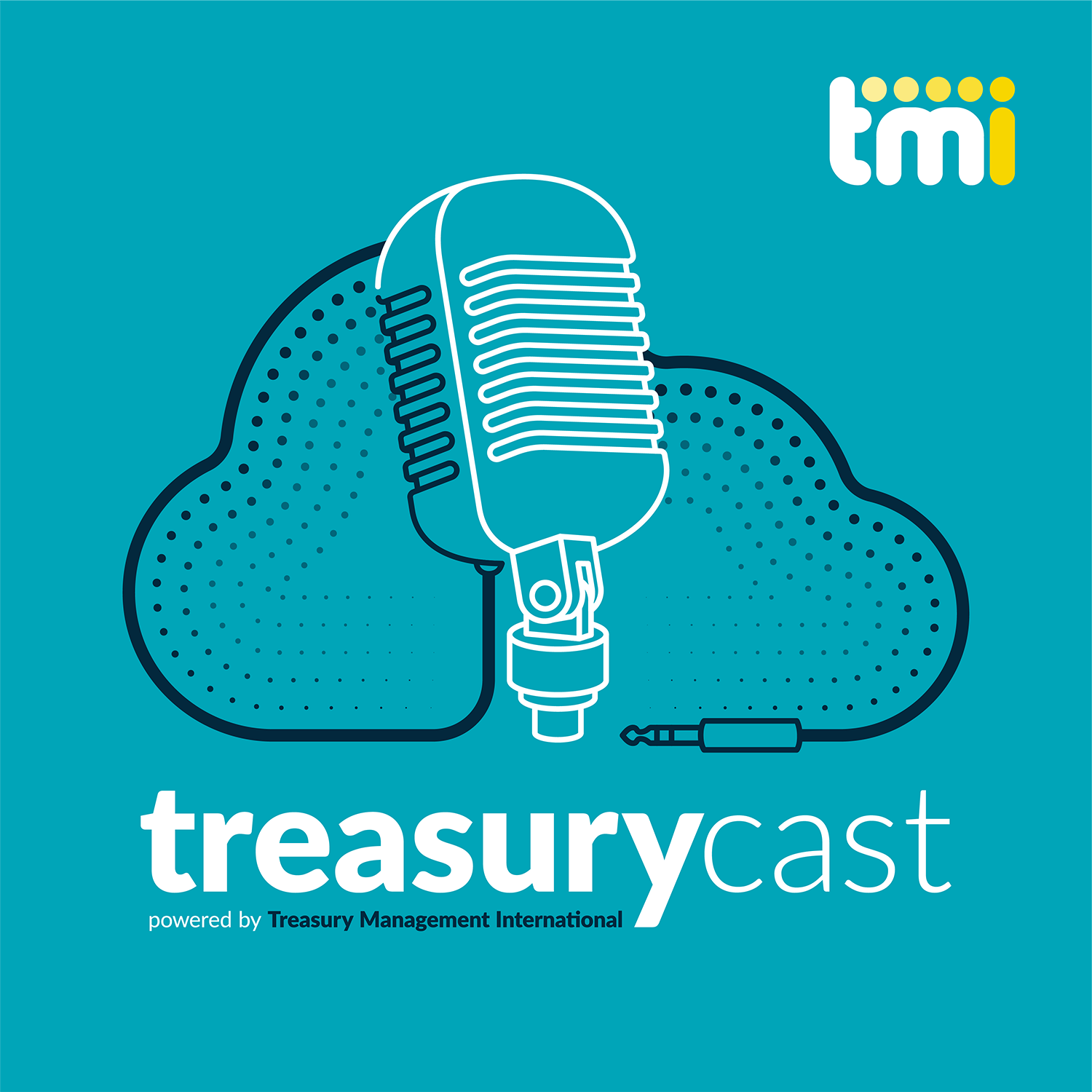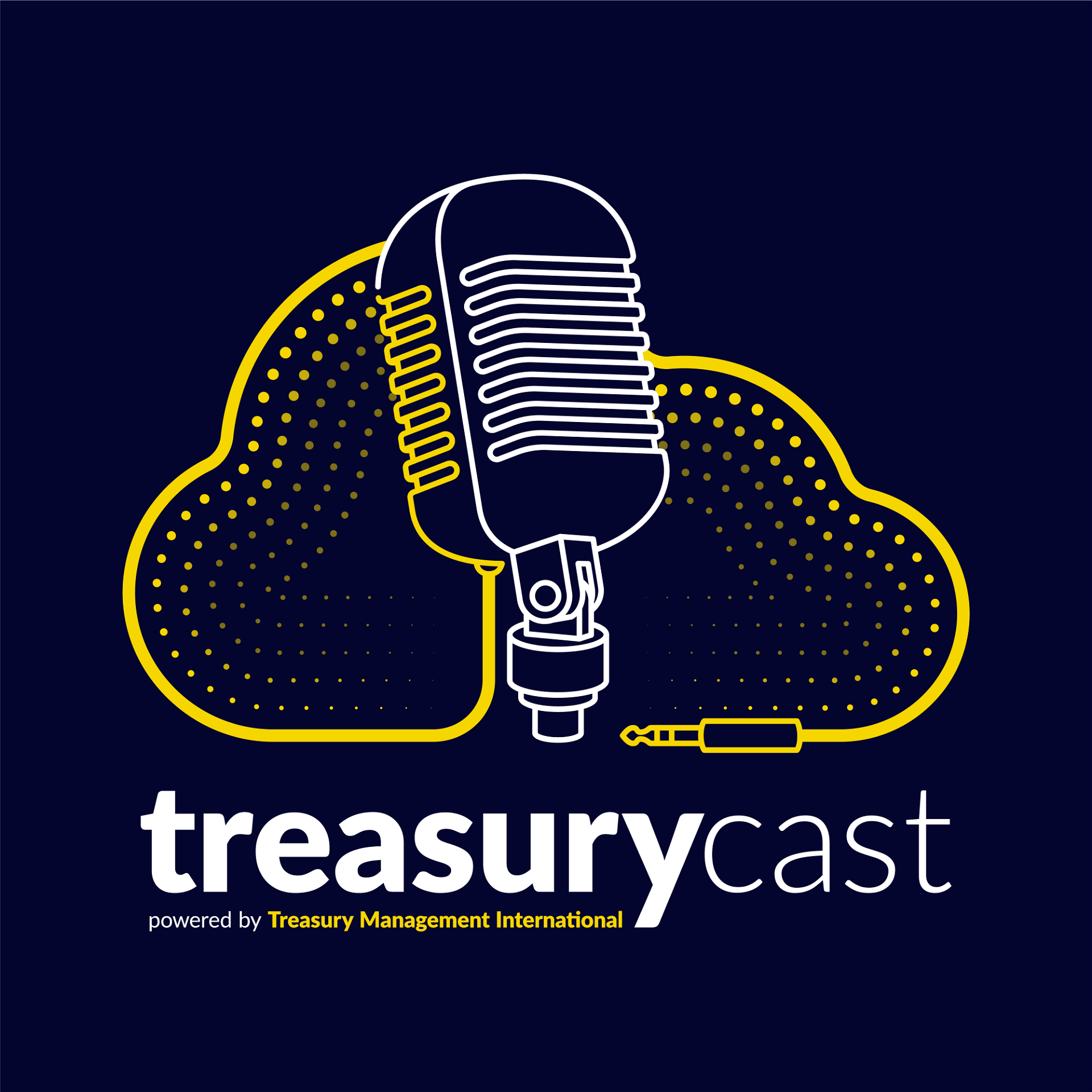Persistent inflation, supply chain weaknesses and concerns over the severity of interest rate hikes are pushing more business leaders to make difficult decisions to preserve the economic health of their companies, according to the worldwide 2022 Working Capital Survey from C2FO.
While most respondents said they currently have the liquidity they need, the onset of a recession — which many economists are forecasting for 2023 — may weaken their ability to access critical capital. More specifically, the situation for small- and medium-sized businesses with less liquidity can quickly compound as banks tighten their lending requirements and operational expenses continue to rise. Already, access to capital has been a challenge for many U.S. companies:
- 19% of respondents said lack of access to funding had a negative impact on their businesses in the last year; 46% of these specific respondents cited high interest rates as an obstacle
- 23% of respondents reported not having access to all the liquidity they need to operate over the next 12 months
- 30% of respondents reported that getting a revolving line of credit or loan from a bank wasn’t an option for their businesses
In light of this, the C2FO survey found that there is still significant room for companies to examine new capital strategies — such as reducing cash conversion cycles — to offset inflation, improve cash flows and support growth.
Chris Atkins, president of capital finance and capital markets for C2FO, said: “Many businesses are seeing the hard work of their post-pandemic recovery being eaten away by costs. They can’t control the economy, but they do have more control over the health of their cash flows than they might realise. As new efficiencies are found, especially with working capital, companies are more empowered to determine their course — and not just accept tighter margins as the new normal.”
How inflation is forcing companies’ hand
Inflation has replaced COVID-19 as the primary threat to businesses. Over the last 12 months, many businesses have resisted passing on price increases in order to preserve customer relationships. This strategy now looks to be untenable, according to many of the business leaders surveyed. In the United States:
- 58% of respondents who expect inflation to have a negative impact on their business said they would likely raise prices if the impact was as bad as feared
- 22% of respondents said they expect to increase prices by 6% or more over the next 12 months
As expected, price hikes are encouraging larger corporations to revisit their supplier relationships and seek lower-cost options. Companies opting not to put customer relationships at risk through this route are increasingly considering other cost-cutting measures like minimising pay increases, delaying investments, scaling back production and decreasing their workforce to combat financial challenges posed by the shifting economy.
“Extensive” runway to improve margins and the ease of capital access
With loans becoming more expensive or out of reach, businesses looking to strengthen their capital can turn to getting more out of their cash flows – one of the top three sources of funding, according to survey respondents.
Dynamic discounting is one such approach. This model helps businesses get paid early for their outstanding invoices, in exchange for a small discount. It differs from the more well-known practice of invoice factoring, which often comes with higher costs and greater disruption. Per the survey:
- Just 20% of U.S. respondents currently use dynamic discounting
- Dynamic discounting can significantly reduce the time it takes a company to be paid to less than 10 days, far less than the 31.9 days that global respondents said it’s currently taking, on average
The advantages of early payment for economic health are evident through the cash conversion cycle, a measure of cash flow efficiency. The cash conversion cycle is the amount of time it takes for a business to turn its investment in inventory, materials or labor back into cash. Accelerating this cycle is paramount during periods of high inflation, where costs are increasing on a weekly basis; by getting paid faster, businesses can reduce their cash conversion cycle to battle increasing prices.
It’s an effective tool for cash management, and yet still a nascent one: just 8% of U.S. respondents said they would do this to combat the effects of inflation. U.S. businesses with over 1,000 employees were almost five times as likely as their counterparts with 50 or fewer people to utilise dynamic discounting, with rates of 29% and 6%, respectively. Larger businesses tend to have more sophisticated cash management operations.
Atkins continued: “Cash flow optimisation has been a strategy long pursued by the biggest enterprises, but it’s really one that any business can perform. When smaller businesses get paid faster, they’re functioning on a much more level playing field and focus on thriving instead of merely surviving. At C2FO, we believe that all businesses deserve access to working capital and function to put it within reach of any business. Time and again results prove that businesses that utilise C2FO have greater control over cash flow and successfully reduce cash conversion cycles at a significant rate.”
C2FO is working to ensure working capital solutions are available to businesses of every size and industry. The C2FO platform helps accelerate payment from enterprise customers, using their own balance sheet or our network of funding sources, to their customers in exchange for an incremental discount — often for far less than a bank line of credit — putting money in their accounts faster. A full report on the survey’s findings can be downloaded here.





